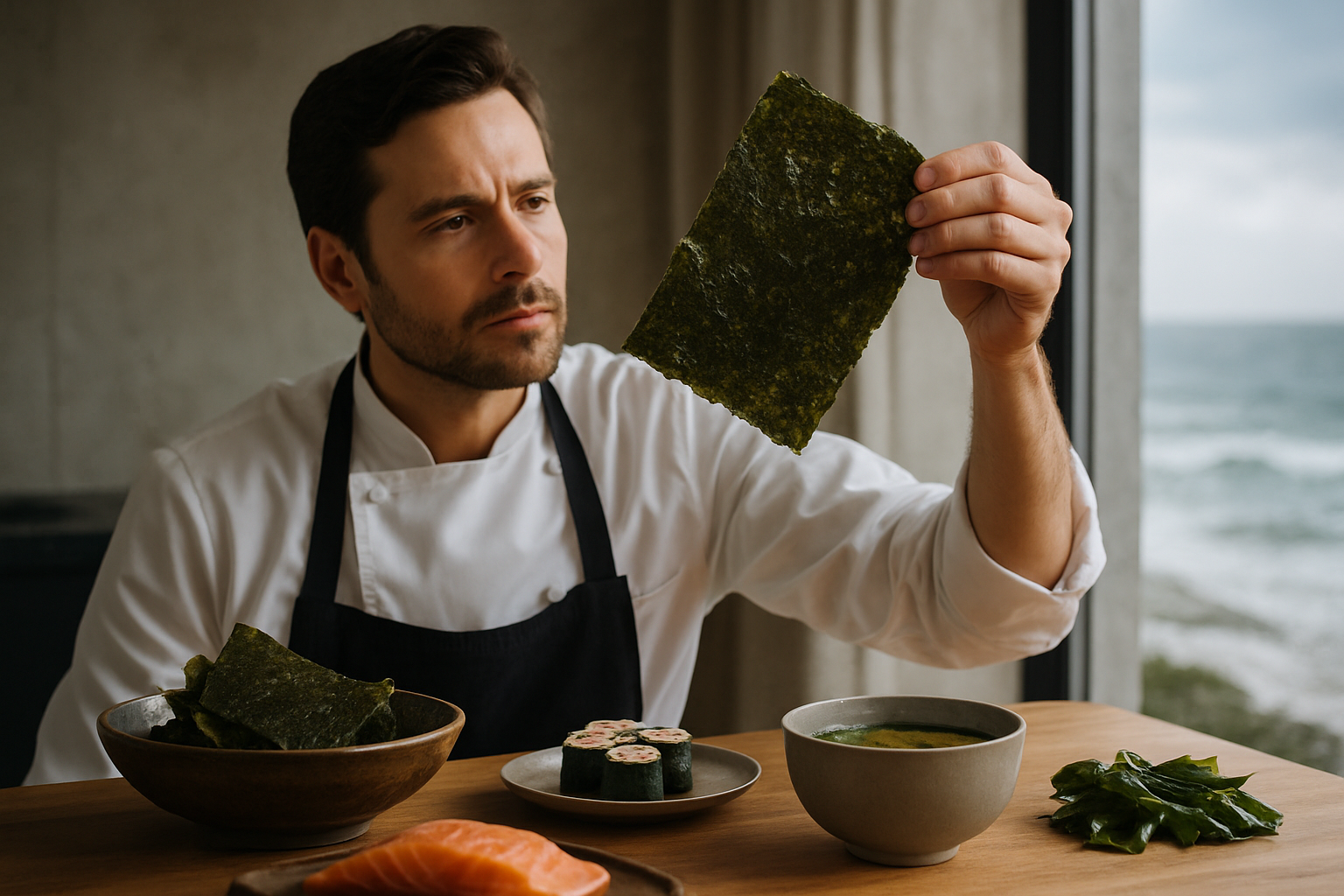Culinary Time Travel: Exploring Ancient Cuisines in Modern Destinations
Embark on a gastronomic journey through time as we delve into the world of ancient cuisines reimagined in contemporary settings. This unique travel trend combines historical fascination with culinary exploration, offering food enthusiasts and history buffs alike an immersive experience that tantalizes the taste buds while educating the mind. From recreated Roman feasts to Aztec-inspired tasting menus, discover how destinations around the globe are bringing the flavors of the past to life.

The Rise of Historical Gastronomy
Historical gastronomy has gained traction in recent years as travelers seek more immersive and educational experiences. This trend goes beyond simply tasting local dishes; it involves diving deep into the culinary practices, ingredients, and cultural contexts of ancient civilizations. Restaurants, museums, and cultural centers worldwide are now offering carefully researched and meticulously prepared dishes that transport diners back in time, sometimes thousands of years.
Recreating Ancient Roman Feasts
One of the most popular ancient cuisines being revived is that of the Roman Empire. In cities like Rome, London, and even New York, specialized restaurants are offering authentic Roman dining experiences. These establishments often feature historically accurate recipes, such as garum (a fermented fish sauce), moretum (a herb cheese spread), and mulsum (honeyed wine). Diners recline on replica couches, eat with their hands, and enjoy multiple courses served by toga-clad waitstaff, mimicking the lavish banquets of ancient Roman elites.
Mayan and Aztec Flavors Reimagined
In Mexico and parts of Central America, there’s a growing interest in pre-Columbian cuisines. Chefs are researching and reviving ingredients and cooking methods used by the Maya and Aztec civilizations. Travelers can now experience tasting menus featuring ancient grains like amaranth, native fruits such as mamey and soursop, and even insects like chapulines (grasshoppers). These culinary experiences often come with educational components, explaining the historical and cultural significance of each dish.
Ancient Egyptian Cuisine Comes to Life
Egypt’s rich culinary history is also being explored in modern settings. Some Nile cruise ships now offer special dining experiences that recreate the flavors of ancient Egypt. Dishes might include bread made from emmer wheat, fava bean stews, and desserts sweetened with dates and honey. These meals are often accompanied by presentations on ancient Egyptian food production, cooking methods, and dining customs, providing a comprehensive cultural experience.
Viking Feasts and Nordic Traditions
In Scandinavia, the Viking era is being brought to life through immersive dining experiences. Travelers can participate in historically inspired feasts featuring dishes like salted fish, hearty stews, and mead. Some restaurants take it a step further by hosting these meals in replica longhouses or historic settings, complete with period-appropriate entertainment like storytelling and music.
Culinary Time Traveler’s Toolkit
• Research restaurants or cultural centers offering historical dining experiences in your destination
• Look for guided food tours that focus on ancient cuisines and ingredients
• Check local museums for special events or exhibitions related to historical gastronomy
• Consider booking accommodations that offer themed dining experiences
• Learn basic historical context before your meal to enhance your understanding and appreciation
• Be open to trying unfamiliar ingredients and preparation methods
• Engage with chefs or guides to learn more about the research behind the dishes
The Future of Historical Gastronomy Travel
As interest in culinary time travel grows, we can expect to see more innovative and immersive experiences emerge. Virtual reality technologies might soon allow travelers to dine in digitally recreated ancient settings, while advances in food science could lead to even more accurate reproductions of historical flavors. This trend not only offers a unique way to experience history but also promotes the preservation of culinary heritage and encourages sustainable use of traditional ingredients.
Culinary time travel represents a fascinating intersection of history, gastronomy, and cultural exploration. By literally tasting the past, modern travelers can gain a deeper understanding of ancient civilizations and the role food played in shaping human history. As this trend continues to evolve, it promises to offer ever more engaging and educational experiences for the adventurous foodie and history enthusiast alike.





